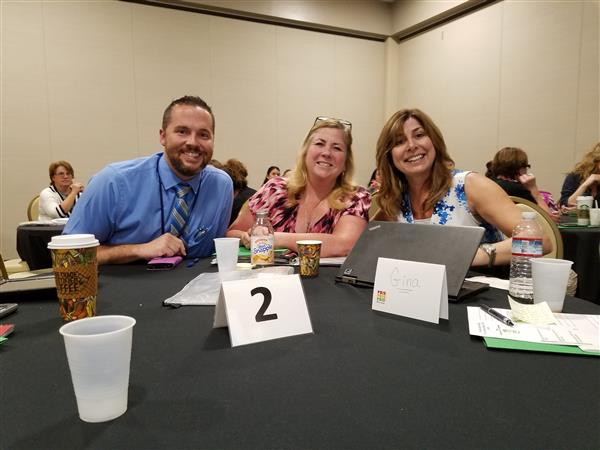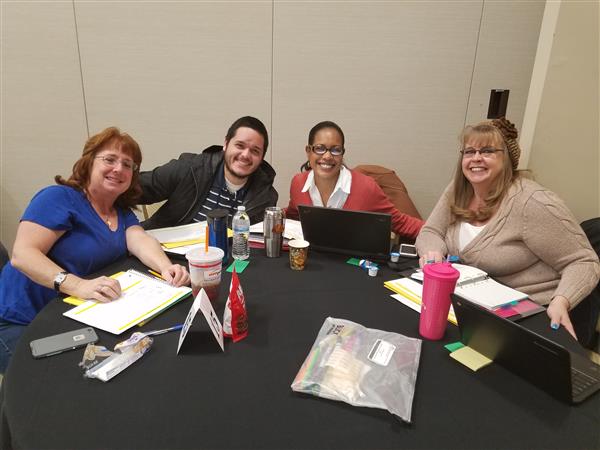- Lancaster School District
- Positive Behavior Interventions & Supports (PBIS)
Pupil Safety and Attendance
Page Navigation
- Home
- Attendance
- Contact Us!
- Emergency Preparedness
- Firearms Safety
- Foster Youth Resources
- Interdistrict and Intradistrict Transfers
- Links
- Positive Behavior Interventions & Supports (PBIS)
- Safety Personnel
- School Counselors
- School Safety
- Bullying Prevention
- Yondr FAQ
- Social-Emotional Assessments
- Suicide Prevention
-

“PBIS” is short for Positive Behavioral Intervention and Supports. This language comes directly from the 1997 reauthorization of the Individuals with Disabilities Education Act (IDEA). PBIS is based on principles of applied behavior analysis and the prevention approach and values of positive behavior support.
PBIS is a framework or approach for assisting school personnel in adopting and organizing evidence-based behavioral interventions into an integrated continuum that enhances academic and social behavior outcomes for all students. PBIS IS NOT a packaged curriculum, scripted intervention, or manualized strategy. PBIS IS a prevention-oriented way for school personnel to (a) organize evidence-based practices, (b) improve their implementation of those practices, and (c) maximize academic and social behavior outcomes for students. PBIS supports the success of ALL students.
Although PBIS has no specific restrictions on the use of consequence-based strategies designed to reduce serious problem behavior, teaching-oriented, positive, and preventive strategies are emphasized for all students, to the greatest extent possible. The emphasis is on the use of the most effective and most positive approach to addressing even the most severe problem behaviors.

PBIS is based on a three-tiered system consisting of Universal (Tier I), Targeted (Tier II), and Intensive (Tier III) supports. Tier 1 support consists of rules, routines, and physical arrangements that are developed and taught by school staff to prevent initial occurrences of behavior the school would like to target for change. Tier 1 support, through positive behavior support, works for over 80% of all students in a given school. Tier 2 support is designed to provide intensive or targeted interventions to support students who are not responding to Tier 1 support efforts. Interventions within Tier 2 are more intensive since a smaller number of students requiring services from within the yellow part of the triangle are at risk for engaging in more serious problem behavior and need a little more support. Tier 3 Individual Student teams have multi-disciplinary/cross-department membership that includes Tier 3 systems coordinator and individuals who can provide (a) applied behavioral expertise, (b) administrative authority, (c) multi-agency supports (e.g., person centered planning, wraparound) expertise, (d) knowledge of students, and (e) knowledge about the operations of the school across grade levels and programs. The individual student teams, are formed uniquely around students, one at a time. PBIS Student Teams are developed as needed with team members who know the student well including those members implementing supports at tier 3, so that they have input in decisions about interventions on the particular student(s). PBIS Tier 3 Student teams may include a number of individuals whose roles are not automatically predetermined based on their discipline (administrator, teacher, social worker, school psychologist, behavior analyst, etc.).
Most students will succeed when a positive school culture is promoted, informative corrective feedback is provided, academic success is maximized, and use of prosocial skills is acknowledged. When student problem behavior is unresponsive to preventive school-wide and classroom-wide procedures, information about the student’s behavior is used to (a) understand why the problem behavior is occurring (function); (b) strengthen more acceptable alternative behaviors (social skills); (c) remove antecedents and consequences that trigger and maintain problem behavior, respectively; and (d) add antecedents and consequences that trigger and maintain acceptable alternative behaviors.
























